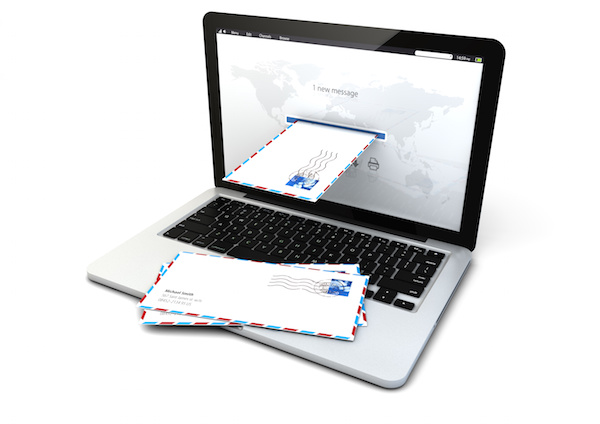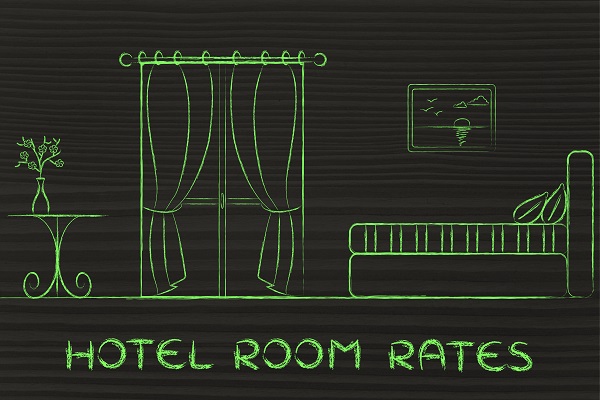
Does your mail meet the ‘delete’ button?
Over the years we have had a fascination with letter writing and mail in general.
King Elvis immortalised his affiliation with one of his last hits Return To Sender.
And these days I wholeheartedly follow his sentiments to the cost of many businesses. You may well wonder why?
Before I enlighten you let us just remember some of the history of man’s most important communications tool. Years ago we wrote letters to attract business. Letters were on letterhead stationery that made our correspondence attractive and hopefully made our choice of colours, logos and layout memorable. We hoped all these things would make our marketing target recognise any future contact by mail and hopefully value it because of its content.
Fast forward and letters have almost disappeared, just ask our postal service, and in their place we now have email. I don’t know what your incoming mail looks like but mine is a pretty boring text presentation. At best the footer may have a logo and perhaps a copied web site banner. The whole thing looks pretty amateurish. I am sorry if I hurt your feelings but that really is what businesses send out today. Even most of my clients are guilty of these sins and now I will be asked some accusatory questions by them.
These faults are serious marketing flaws. Marketing is not a piece of meaningless jargon. If you are not doing just that all day you are failing your business.
Today we are checking email on a growing variety of devices. We are reading on our smartphones while speed-walking to a meeting. Browsing on our tablets while waiting in line at KFC. Answering emails during our commute to work.
Meanwhile, in a basement somewhere in Silicon Valley, some tech genius is probably building another slick gadget that will inevitably add to our long list of devices.
With all sorts of new ways to consume information, you want to make it incredibly easy for readers to enjoy your email content. You want to make it readable. So what is readability?
Readability is the key difference between emails that hold our interest and the ones that bore us to tears. Dictionaries defines readable content as one that is “clear and easy to read”. No matter how great your offer is, it will not reach your potential customers if they don’t even bother to read it.
So how do you write emails people actually want to read?
Start with an eye catching subject line. I may sound like a broken record here, but it’s worth reiterating that your subject line is the most important aspect of your email. A study by Chadwick Martin Bailey found that 64 per cent of people open emails because of the subject line.
Using fundamental marketing standards supported by people such as the DMN3 Institute of research, education, training and publishing I will reiterate their three quick tips on writing great email subject lines:
Make it short and compelling. The most effective email subject lines are around 40 words or less, according to a MailChimp analysis of 200 million emails.
Make sure the subject line is relevant to your audience, so readers immediately click and read what you have to say. Sending an email about a new deal on pantyhose to a male audience might not get them to read your email.
Avoid spam traps. Particularly today, words like “Free” and “90 per cent off” can send your email straight to the spam folder.
The most important aspect of readability is a word I have been underlining recently. Scaleability; applies to emails just as much as it does to web sites.
As I mentioned earlier, your email has no chance of reaching those who want to hear from you if it’s not readable in the first place. One technique copy writing professionals use is to make their text scannable. Scannable content pops off the screen and truly stands out. One way to make your copy easy to scan is by using highlights. For instance, you might highlight, in italics or bold type, the most important points in your email. By that we mean product benefits, key features, offers, dates, etc. to grab the reader’s attention.
Bullet lists also help call attention to important aspects of your email. Pamela Wilson at Copyblogger has some fantastic tips on writing snappy, scannable copy. As she points out, readers are always fascinated with bulleted lists. Take advantage of them in your copy.
Once your draft is complete run a readability test. Run your copy through a readability checker. This is how you find out if it’s actually as readable as you think.
The most trusted readability system around is the Flesch-Kincaid test developed by Austrian expert Rudolf Flesch. Flesch was a huge proponent of plain copy. He encouraged crisp words and short sentences. The easiest way for you is to probably use the very tool you use to write your text. Microsoft Word has a built-in readability tool based on the Flesch-Kincaid formula. After writing your email, plug it into Microsoft Word and check it for readability.
At the end of all that effort make your email scaleable. You could of course employ your web master or other suitable professional to do this for you. But as a first stop there are a number of online resources which will do the job for you. Many resources exist and I suggest you try a few which are free, such as Zurb or www.emailonacid.com which offers a variety of choices. To explore other options our friend Google will lead you to an almost endless list of alternatives.
So do not run the risk of having your email dealt with in my manner. I do not bother to “return to sender”, I just hit delete if I cannot read my emails on my mobile devices. Endless scrolling and manipulation is time consuming and frustrating, particularly since there is no need for that. I do wonder how much business has been lost by my delete button?
Make sure it is not yours!

AccomNews is not affiliated with any government agency, body or political party. We are an independently owned, family-operated magazine.





